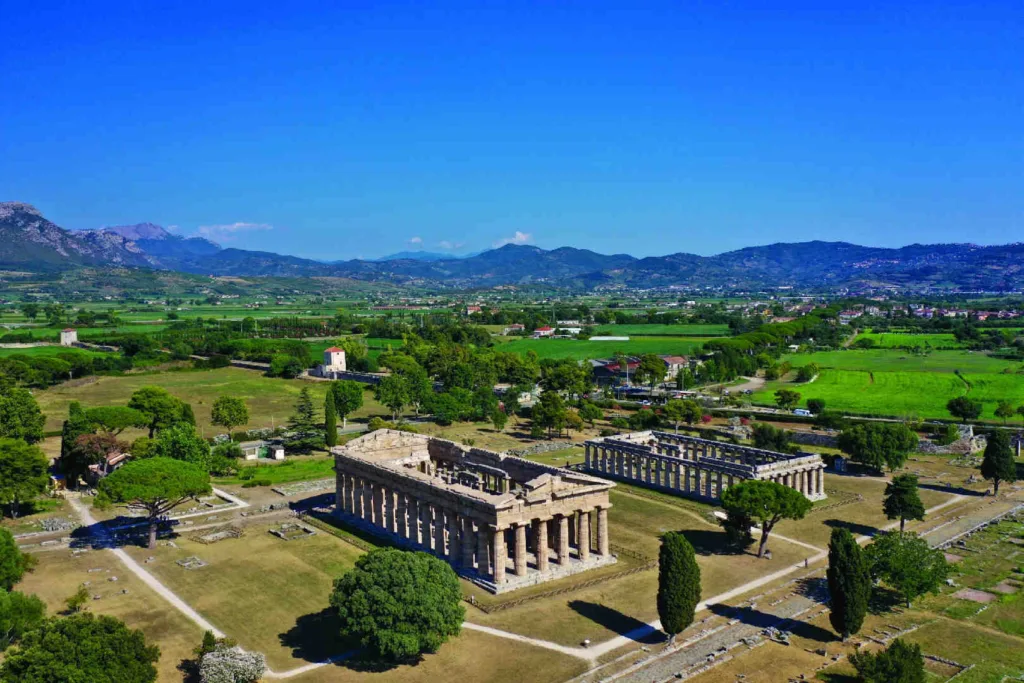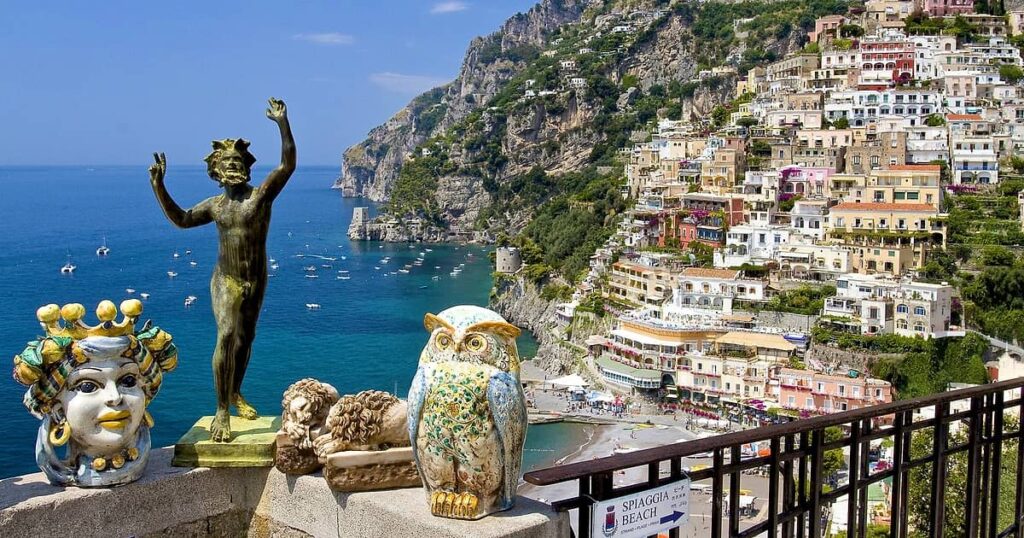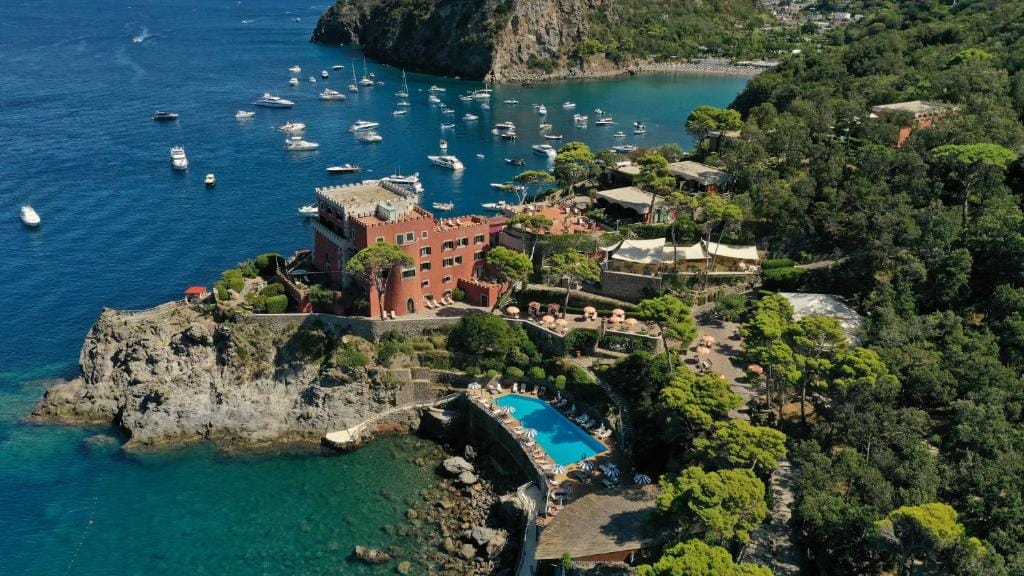Paestum, located in the picturesque region of Campania, Italy, is a treasure trove of ancient history and culture. This well-preserved archaeological site offers visitors a unique glimpse into the past with its stunning Greek temples and rich historical significance. Whether you’re a history enthusiast, an archaeology buff, or simply someone looking to explore the beauty of Italy, Paestum is a must-visit destination.

Table of Contents
ToggleThe History of Paestum
Founded by Greek colonists around 600 BC, Paestum was originally known as Poseidonia, named after the Greek god Poseidon. The city thrived as a major Greek settlement until it was conquered by the Romans in 273 BC. Under Roman rule, it continued to flourish but eventually fell into decline and was abandoned in the Middle Ages. Rediscovered in the 18th century, Paestum has since become one of Italy’s most important archaeological sites.
Exploring the Temples of Paestum
Paestum is renowned for its three magnificent Greek temples, which are among the best-preserved ancient Greek temples in the world. These temples, dedicated to Hera, Athena, and Neptune, offer a fascinating insight into ancient Greek architecture and religious practices.
Temple of Hera
The Temple of Hera, also known as the Basilica, is the oldest of the three temples, dating back to around 550 BC. This impressive structure features a rectangular layout with a double row of columns, showcasing the Doric style typical of ancient Greek architecture.
Temple of Athena
Built around 500 BC, the Temple of Athena is smaller but equally captivating. It combines both Doric and Ionic elements, reflecting the architectural transition period. The temple is situated on a raised platform and provides a stunning view of the surrounding landscape.
Temple of Neptune
The Temple of Neptune, also referred to as the Temple of Poseidon, is the largest and most well-preserved temple in Paestum. Constructed around 450 BC, this majestic temple is a masterpiece of Doric architecture, with its massive columns and intricate details.
The Archaeological Museum of Paestum
Adjacent to the archaeological site is the Archaeological Museum of Paestum. The museum houses a vast collection of artifacts discovered in the area, including pottery, sculptures, and frescoes. One of the museum’s highlights is the Tomb of the Diver, a rare example of Greek fresco painting.
Visiting Paestum: Practical Information
Paestum is easily accessible by train, car, or bus from major cities like Naples and Salerno. The site is open year-round, with extended hours during the summer months. Visitors can purchase tickets at the entrance, which grant access to both the archaeological site and the museum.
Best Time to Visit
The best time to visit Paestum is during the spring and fall when the weather is pleasant, and the crowds are smaller. Summer can be quite hot, but the longer daylight hours provide more time to explore the site.
Nearby Attractions
While in Campania, consider visiting other nearby attractions such as the Amalfi Coast, Pompeii, and the vibrant city of Naples. Each of these destinations offers its own unique blend of history, culture, and natural beauty.
Frequently Asked Questions
What is Paestum known for?
Paestum is known for its exceptionally well-preserved ancient Greek temples and its rich historical significance as a major Greek and later Roman city.
How do I get to Paestum?
Paestum can be reached by train, car, or bus from Naples, Salerno, and other nearby cities. The train station is a short walk from the archaeological site.
What are the opening hours of Paestum?
The archaeological site and museum are open year-round, with longer hours during the summer months. It’s best to check the official website for the most up-to-date information.
Is there an entrance fee for Paestum?
Yes, there is an entrance fee that includes access to both the archaeological site and the museum. Discounts are available for students, seniors, and groups.
What else can I see near Paestum?
In addition to the archaeological site, visitors can explore the nearby Amalfi Coast, Pompeii, and Naples, all of which offer rich historical and cultural experiences.
Conclusion
Paestum is a captivating destination that offers a unique blend of history, culture, and natural beauty. Whether you’re exploring its ancient temples, browsing the artifacts in the museum, or enjoying the scenic views of Campania, Paestum is sure to leave a lasting impression. Plan your visit today and step back in time to discover the wonders of this ancient city.


